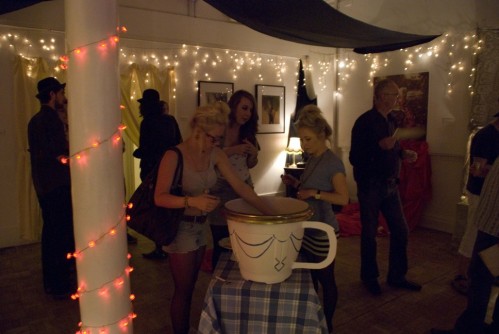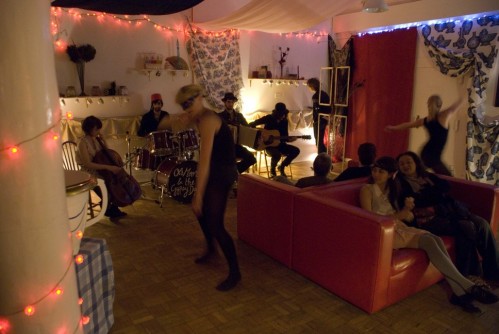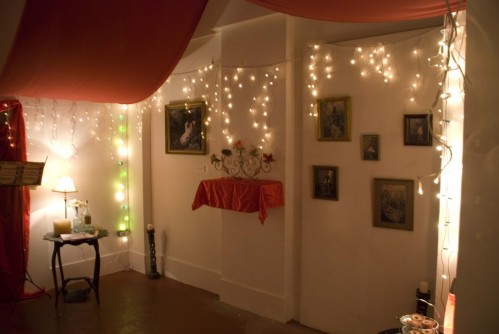
So, here I am Sunday afternoon sat at a wobbly pub table on a slip of street so slim if I layed down across it my feet would poke into the road, or my head if I were feeling especially flippant, netbook fully charged, fiddling with one of my lucky Berol handwriting pens – the black ones of course, blue just doesn’t do it for me. I’m meant to be writing. I did promise. But there’s so much to distract. A Number 13 bus, filled with gawping, dazed, irradiated faces, grinds by so close I can feel the heat from the engine and taste the reek of sooty diesel. At the next table three women, teachers or social workers I’m guessing by the look of their sensible clothing and public sector chattery self-confidence, are polishing off a second bottle of Pinot and debating who will go to the bar next, while cursing loudly the fate of a co-worker, Brian or it could be Ryan, victim of an economic knock out blow. Through the window I can see a man frown into the business pages of his Sunday times as he sips a skinny white. A haze of midges dithers in the open doorway. Behind me the chugging bass of an ASBO tune fades along Chapeltown Road. I chew my pen and stare at the keyboard waiting for a pistol shot of inspiration to set my fingers racing . . . This review isn’t going to write itself. I’m still wondering what to make of The Whimsical Theatre of the Magnificently Absurd.
I buy another Vedett. I’ve given myself a limit to get this done. Three pints, give or take. I’ve also brought the catalogue from the event to jog my memory. But before I dip into that, let’s see, what do I remember? I remember walking through the mean streets of Mabgate with Ivor and Richard, both joking they were a bit nervy about venturing into that part of town. It is a bit of a rum area to be sure, old factories, shabby pubs, ratty little businesses, nondescript high rise flats. Just the place to get jumped. An unlikely spot for a decadent artistic extravagance, but that’s what we’ve been led to believe we are letting ourselves in for. We’re headed for Hope Foundry, a rather imposing, late Victorian pile with a grand archway entrance. The Map Gallery occupies the old jewellers shop on the corner of the building, no windows and just the tiniest of doors, you’d hardly notice it was there. There’s no sign, nothing to mark there’s anything special going on, or at least I didn’t notice any, just a couple of obvious arty types milling about in the street so we know we’re in the right place. We swish aside the curtain that conceals the entrance, and we’re in . . . quite what we’re in takes a heartbeat or two to acclimatise. First we are welcomed by a charming and enthusiastic young lady dressed as a ringmaster  (that’s ringmaster, right?) who did a little routine about the show – magic, mysterious, marvelous – then she pointed us towards the inner room . . . all fairy lights and fabrics, cup cakes and red leather Chesterfield. Somewhere between boudoir and bordello, with a bit of Mad Hatter’s tea party. I liked it instantly.
(that’s ringmaster, right?) who did a little routine about the show – magic, mysterious, marvelous – then she pointed us towards the inner room . . . all fairy lights and fabrics, cup cakes and red leather Chesterfield. Somewhere between boudoir and bordello, with a bit of Mad Hatter’s tea party. I liked it instantly.

At first I wasn’t sure what was the art and what was prop, or decoration, or even something that just happened to belong with the space, and I liked that too, once I’d gotten used to the idea that the event was more about the general ambience rather than any individual piece on show. There’s no natural light in the place and the bunches of fairy lights draped over the walls didn’t quite illuminate the work sufficiently (I certainly couldn’t read the artists’ statements, all tiny fonts and pale gray type, and that was fine by me, adding to the air of dislocation and intrigue) so the whole visual experience was slightly out of focus, oddly unnerving. People milled about, squinting, not quite sure what they were seeing. In the middle of the room there was a giant tea cup containing a giant tea bag, and a giant tea bag book with a story about an anthropomorphised tea bag called Tony. In the far corner a strange and supernally sweet orange liquid was being poured from a globe-like container, a liquid advertised as alcoholic, though I drank five of them and the only hit I got was a sugar thump so I’m suspecting the alcohol content was of sub-homeopathic proportions. In another corner floated a door that wasn’t much of a door in the slightest and a key which opened nothing, and in the other a photograph of a woman in a long flowing red dress. The fabric of the dress billows out of the image and cascades along the floor. On one side of the entrance to the inner room there’s an old clock with some strange tale about an extra hour, and the other side an antique record player that contained a kind of chess board and some tiny dancing figures. Along the walls some rather delerious photos, an upside down woman’s head in a tiny pristine room, and lots of curiously attired young women in fields, with butterflies at their feet, or with what looked like a goal net wrapped around a coloured stick. A band plays gypsy music and two women in black leotards danced, or performed, or just plain jiggled about, seeming to be in their own little worlds, entirely unconnected with the proceedings, not even registering the quiet gaps between tunes or even the half-time break. The only thing missing from the scene perhaps was the whiff of hashish smoke or some heavy pungent incense to set the whole thing off. Utterly delightful, yet quite unsettling. Ivor and Richard thought so too.
The only thing missing from the scene perhaps was the whiff of hashish smoke or some heavy pungent incense to set the whole thing off. Utterly delightful, yet quite unsettling. Ivor and Richard thought so too.
Seems I remember quite a bit. Don’t really need to consult the catalogue after all, but as it’s here . . . hmm, looks great, really well put together and the photos of the work are fabulous . . . could have done with a good edit though (why don’t artists take as much care with their words as they do with the visuals? I still don’t understand it.) But what strikes me most is the programmatic statement, “Surely in times of financial and emotional strife the only resolution is to take refuge in a wonderland of theatrics, illusion, and mystery.” And, as a result of this experience, “It is intended that the viewer is forced to question their existence because the spectacle offers an alternative reality.” This sort of stuff gets my goat. I never really bought into the Angel Delight theory of art – remember when you were a kid and fell off a wall or crashed your bike or got clattered by a bigger sibling and you went racing to your mum, and she didn’t really listen to you or try to get to the bottom of your complaint, she just whipped up some sugary, luridly coloured confectionery and stuck it in front of your face and you forgot about the grazed knee and quit the sobbing? Is art just the grown up version of Angel Delight? Is art just a compensation for the hurt and nastiness that life throws at us, a distraction from the bumps and bruises? I don’t think that even my mum would pretend there was much long term sustenance in Angel Delight, and too much of it likely will make you sick. Alternatively, is art really up to the job of forcing an pandemic of ontological self-scrutiny. Speaking very much for myself, no matter how many pretty pictures I see I’ve never really managed to rid myself of the general happenstance, nuisance and grievance that makes up most of daily life. And if I’m in the mood for am altered state of consciousness then a surer route by far is a fifth pint of Vedett. Never let me down yet. Speaking of which, a trip to the bar is in order.

The Whimsical Theatre of the Magnificently Absurd is on till Thursday. Well worth a wander over to Mabgate.
Short, sweet, to the point, FREE-exactly as inorfmatoin should be!